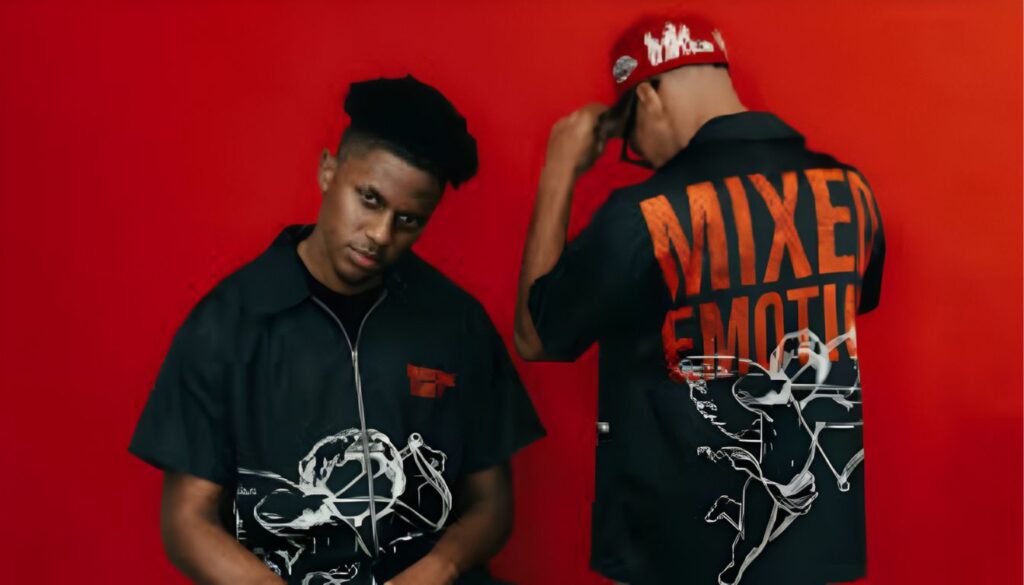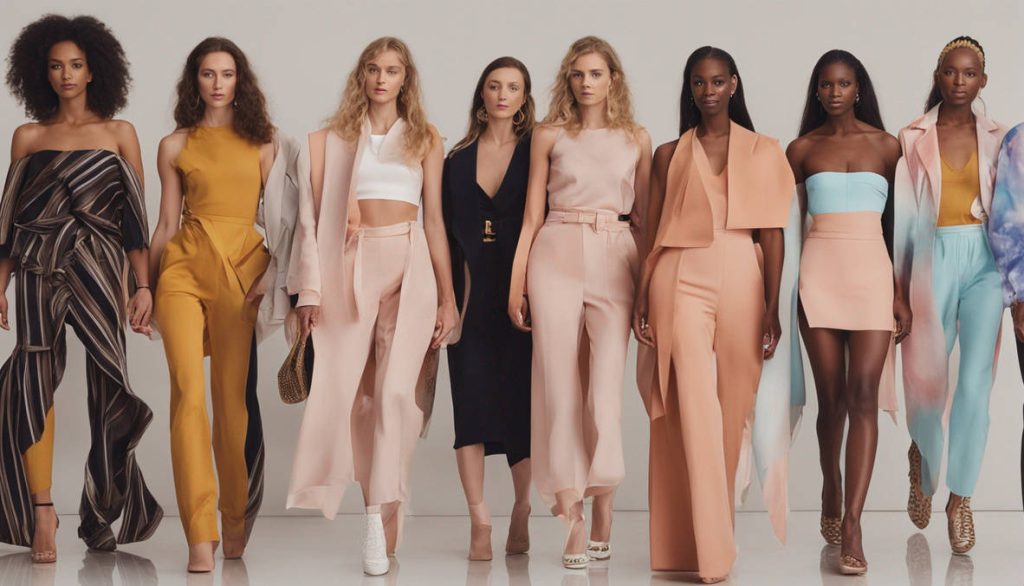Urban culture thrives on reinvention, and nowhere is this clearer than in fashion. Among the countless movements shaping today’s streets, mixed emotions clothing stands out as a phenomenon unlike any other. This emerging style refuses to present a singular mood or identity. Instead, it celebrates contradiction, blending joy with sadness, rebellion with fragility, and chaos with harmony. Young people are drawn to it because it feels real, raw, and unfiltered. Each piece acts as a diary entry, turning fabric into an emotional language. Rather than silence inner storms, this trend mixedemotionn.com lets them be seen and embraced.
Origins of Mixed Emotions Clothing
The roots of mixed emotions clothing stretch deep into the underground. In its earliest form, it was born from experimental street collectives that sought to challenge conventional design. These visionaries transformed thrifted garments, raw sketches, and distressed fabrics into symbols of lived struggle. Independent designers played a central role, pushing boundaries without corporate constraints. Their work embraced imperfection, merging disparate emotions into a single visual statement. Bright prints collided with brooding imagery, creating a language of contradiction. This rebellious creativity resonated with youth who longed for something authentic. The streets became their catwalk, broadcasting a style rooted in honesty.
Symbolism Behind the Aesthetic
Mixed emotions clothing thrives on layered symbolism, fusing emotional depth with design ingenuity. Each garment represents a paradox: happiness stitched beside grief, anger fused with serenity. Colors are charged with intention, not decoration. A vivid splash of yellow might clash with somber black, illustrating the tension between hope and despair. Typography becomes distorted, reflecting hidden cries or fragmented thoughts. Abstract graphics invite interpretation, often sparking curiosity and dialogue. The visual language challenges the viewer to confront complexity rather than seek simplicity. This aesthetic is not about glamour but vulnerability, capturing emotional duality in ways words cannot always achieve.
Impact on Urban Youth Identity
For many urban youths, https://mixedemotionn.com/ clothing functions as a second skin—an outward projection of the battles within. Mixed emotions clothing resonates because it reflects the turbulence of growing up in uncertain times. A single piece can embody both resistance and longing, allowing wearers to express contradictions without apology. Hoodies that balance bold slogans with delicate designs become personal manifestos. This paradoxical expression fosters solidarity, creating communities bound by shared complexity. On skate ramps, city sidewalks, and concert stages, the clothing signals authenticity. It reminds young people that vulnerability can coexist with strength, and identity does not have to be linear.
Cultural Influence and Social Commentary
Fashion has always mirrored cultural realities, and mixed emotions clothing is no exception. Its jagged designs and chaotic prints echo the societal turbulence of our era—economic uncertainty, mental health struggles, and shifting cultural identities. Garments often act as canvases for unspoken commentary, critiquing consumer excess or digital isolation. Designers embed symbols of resilience within fractured visuals, reflecting the paradoxes of survival in modern society. Urban communities, in turn, absorb these messages and reinterpret them through music, graffiti, and spoken word. This cycle transforms apparel into an active participant in cultural dialogue, rather than a passive form of decoration.
Celebrity Endorsements and Global Reach
Once confined to underground spaces, mixed emotions clothing exploded into mainstream visibility through celebrity influence. Musicians, actors, and digital personalities embraced the style, broadcasting its message to global audiences. A distressed jacket worn in a viral music video could spark thousands of imitations overnight. Social media platforms accelerated the spread, turning once-niche designs into international staples. Collaborations with established brands expanded the reach, though some feared commercialization might dilute the movement’s authenticity. Yet, the emotional resonance remains strong. Even under the bright glare of mainstream fashion, the essence of contradiction continues to thrive, captivating those seeking realness.
Future of Mixed Emotions Clothing
The future of mixed emotions clothing appears promising, with innovation at its core. Designers increasingly recognize the need to merge emotional authenticity with ethical responsibility. Sustainable fabrics, upcycled materials, and small-batch production are shaping its next chapter. Beyond environmental considerations, the evolution of this trend may lean toward hyper-personalization. Customized prints, hand-painted messages, and one-of-a-kind details could become the new norm. What makes this style enduring is its ability to evolve without losing its emotional essence. As long as contradictions remain central to human experience, mixed emotions clothing will continue to flourish, adapting to new cultural landscapes.
Clothing Beyond Fabric
Mixed emotions clothing has risen as more than just a fashion trend—it has become a cultural force. Its appeal lies in authenticity, vulnerability, and its refusal to simplify the human condition. Within urban culture, these garments function as silent storytellers, carrying messages of resilience, conflict, and transformation. They blur the line between art and apparel, offering wearers a means of self-expression that transcends words. From underground beginnings to global stages, the movement demonstrates that clothing is not simply fabric stitched together. It is identity, emotion, and cultural commentary, woven into something deeply personal yet universally relatable.



